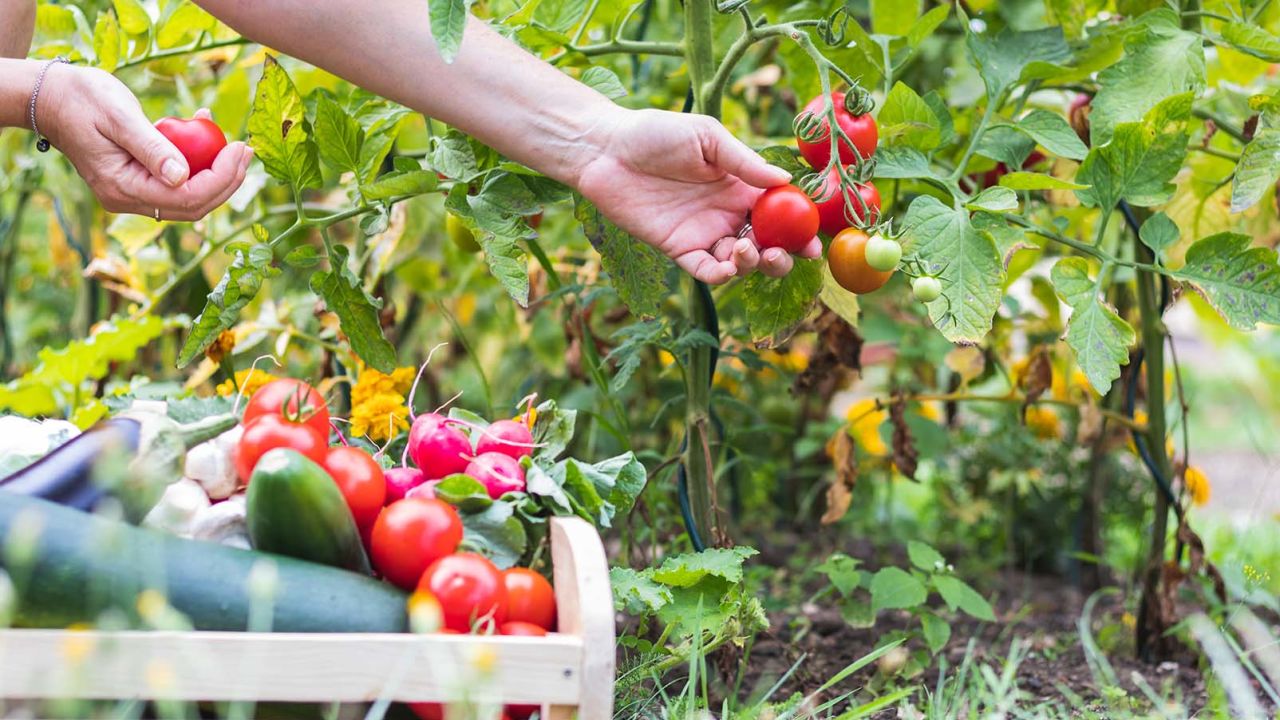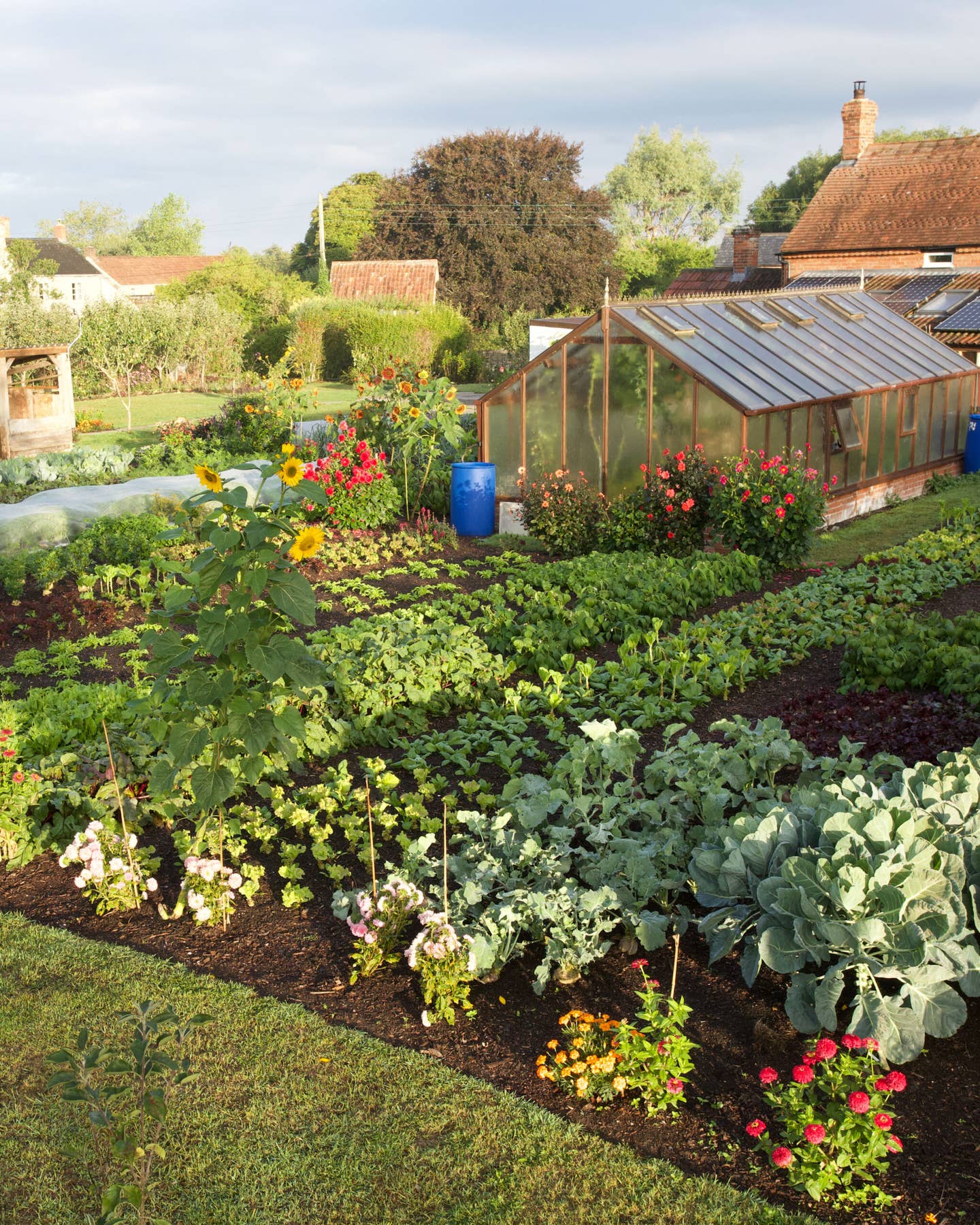Grow Your Abilities: Top Gardening Tips for Beginners to Make Sure Growing Success
The Ultimate Guide to Horticulture for Beginners: Step-by-Step Tips and Methods for Expanding a Prospering Yard
From recognizing your yard room to picking the right plants and preparing the dirt, we have actually obtained you covered. Obtain all set to release your green thumb and create a stunning, growing garden.
Comprehending Your Garden Area
To maximize your gardening success, start by familiarizing yourself with the unique qualities of your garden space. Understanding your garden room is essential for creating a thriving yard. Begin by observing the quantity of sunshine your yard obtains throughout the day. Bear in mind of any type of areas that are shaded and those that receive full sun. This will help you figure out which plants will certainly flourish in each location.
Following, examine the dirt in your garden. Recognizing your soil kind will assist you in selecting the right plants and implementing ideal soil changes. This information will help you make informed choices about watering and plant placement.
Moreover, pay interest to any type of microclimates within your garden. These are small locations that may differ in temperature level or moisture levels contrasted to the remainder of your garden. For instance, a south-facing wall surface might keep warmth, creating a warmer microclimate. Make use of these variants to your advantage by planting moisture-loving or heat-loving plants in these locations.
Selecting the Right Plants

Next, consider your horticulture objectives and preferences. Are you seeking to expand vegetables, flowers, or a mix of both? Do you favor low-maintenance plants or are you going to put in added effort for high-yield crops? Consider the amount of time, power, and resources you agree to purchase your garden.
In addition, consider the space offered in your yard. Take dimensions and plan the layout of your plants. Think about the fully grown size of each plant and see to it they have adequate room to grow without overcrowding each various other.
Ultimately, think of the functionality of your plant options. gardening for beginners. Will you be able to offer the needed treatment and upkeep for your chosen plants? Think about aspects such as watering, feeding, pest control, and trimming
Preparing the Dirt for Growing
Once you have selected the right plants for your growing garden, it's time to dive right into the vital job of preparing the soil for growing. Before you begin excavating, it's important to assess the top quality of your soil. Take an example and examination its pH levels, as different plants flourish in different pH varieties. Adjust the pH if necessary by including lime to elevate it or sulfur to reduce it.

When the soil is prepared, create furrows or holes for growing. The deepness and spacing will depend on the specific requirements of your chosen plants, so refer to the seed packets or plant tags for advice.
Last but not least, water the freshly grown area thoroughly. This will aid resolve the dirt and supply the plants with the wetness they need to establish themselves. As you water, beware not to get rid of the soil or damage the fragile plants. With correct soil preparation, your yard will certainly be well-appointed to sustain the development and success of your plants.
Watering and Fertilizing Techniques
After preparing the dirt for growing, it's vital to recognize efficient watering and feeding techniques to ensure the health and wellness and growth of your yard. It's essential to strike an equilibrium when it comes to watering. Overwatering can bring about review root rot and various other diseases, while underwatering can lead to stunted growth and wilting. The trick is to offer sufficient water to maintain the soil continually moist however not filled. One way to assess if your plants require watering is by sticking your finger about an inch into the dirt. It's time to water if it feels completely dry. When watering, go for the base of the plants, as wetting the fallen leaves can urge diseases. As for fertilizing, it's crucial to provide your plants the nutrients they require to grow. Organic plant foods, such as compost or well-rotted manure, are outstanding selections as they give a slow release of nutrients. It's finest to use plant foods in early springtime or late fall, following the directions on the bundle. Bear in mind to water your plants after fertilizing to aid the nutrients reach the origins. By understanding these watering and feeding methods, you'll be well on your method to a growing yard.
Keeping a Healthy And Balanced Yard
To maintain a healthy and balanced garden, you ought to consistently check your plants for signs of parasites or illness. By doing this, you can capture any type of concerns early on and take the needed steps to avoid them from creating and spreading damages to your entire garden.
Another method is to encourage valuable pests like ladybugs and lacewings, which feed on garden insects. Growing blossoms such as sissies, sunflowers, and marigolds will certainly draw in these valuable insects to your garden.
In addition to pests, diseases can also affect your plants. Proper spacing in Discover More Here between plants and good air circulation can additionally help stop the spread of diseases.
Verdict
By understanding your yard room, choosing the right plants, preparing the dirt, and executing appropriate watering and fertilizing methods, you can produce a flourishing yard. With persistence and commitment, you'll quickly be delighting in the beauty and bounty of your very own flourishing garden.
Make use of these variations to your benefit by planting moisture-loving or heat-loving plants in these areas.
